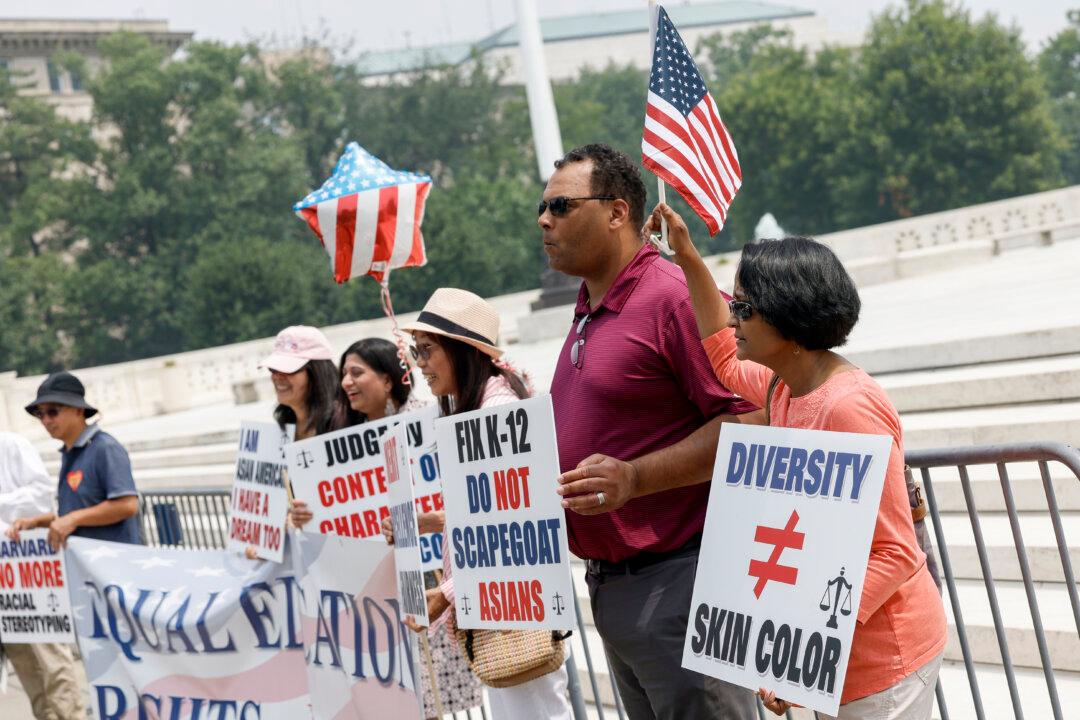Commentary
It’s no secret that the vast majority of the people who operate U.S. colleges and universities are unhappy about the Supreme Court’s June 29 decisions that the use of race in admissions decisions at Harvard and the University of North Carolina violated the 14th Amendment’s equal protection guarantees and Title VI of the 1964 Civil Rights Act, which forbids recipients of federal funds to discriminate “on the ground of race, color, or national origin.”





